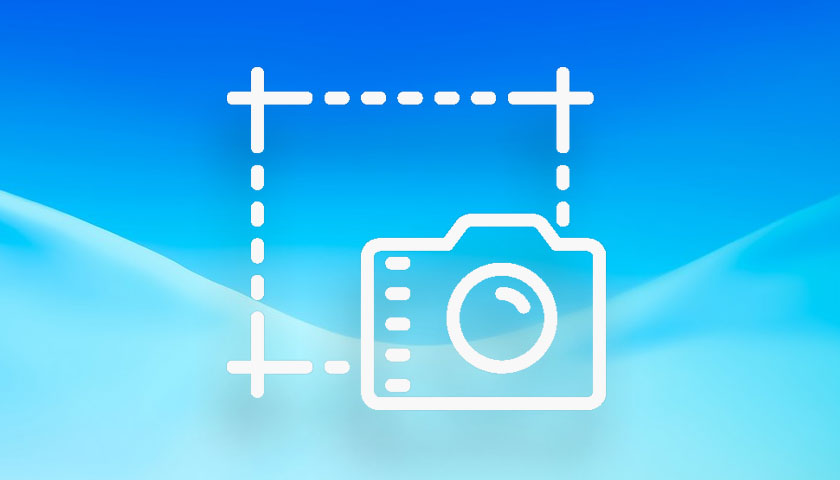Table of Contents

The ability to take a screenshot is good for easier sharing: from posting images or specific sections of article text on social media to sending messages to tech support to show a problem you’re experiencing.
Here is how to take a screenshot on Windows and Mac.
Take a screenshot on Windows
- To capture the entire screen (everything you see on the screen, including all open windows), press the PrtScn ( or some similar variation) button. This screenshot will be placed in your clipboard.
- Alternatively, to capture just the active or foremost window, press Alt+PrtScn. (Some machines may require you to tap Fn at the same time.)
- If you want to select a portion of your screen to grab, hit Windows+Shift+S. In Windows 10, this will open the Snipping Tool, which I’ll explain below.
- Next, open a word processing or image editing program like Microsoft Paint and either go to Edit – Paste or hit Ctrl+V to paste the image into the program.
- Go to File – Save As and save the image to a folder so you can use it later.
Using the Snipping Tool
Windows 7, 8.1, and 10 come with the Snipping Tool. With the Snipping Tool, you can define areas of the screen to capture (an irregular shape, a rectangle that you draw, a selected window, or the entire screen), annotate the screen capture, and share via email.

To use the Snipping Tool:
- Click Start, then type “snipping tool” into the search box. Select Snipping Tool from the results.
- Click Mode to select the type of screen grab you want to take. Then use your mouse to select the area of your screen or window you want to capture.
- You can also use the Snipping Tool to capture a menu option, such as a drop-down that normally disappears when your mouse button is released or the Start menu. Press Ctrl+PrtScn to capture the menu. If you’re in Windows 7, press ESC before opening the menu you want to grab.
- To draw over or highlight parts of the screenshot, click the pen or highlighter buttons in the menu.
- Once you’ve got your screenshot you can save it, email it, or copy it for pasting into another application using the Save Snip or Send Snip options.
Since you can save the image directly from the program, the Snipping Tool also saves you the step of having to open Paint or a different program and pasting the image from the clipboard. Use the Save Snip button after you take your screenshot.
Take a screenshot on Mac OS X
Mac OS X also has keyboard shortcuts for screen grabbing. After pressing these key combinations to take your screenshot, you’ll hear a click, and the screenshot thumbnail will appear in the lower right corner of your screen.
- To capture the entire screen, press Cmd+Shift+3 at the same time.
- To capture a select area of your screen, press Cmd+Shift+4. Your cursor will turn into a crosshair and you can drag around the area you want to capture.
- To capture a specific window or something like the Dock or menu bar, press Cmd+Shift+4 and then immediately after, hit the Spacebar. The crosshair will turn into a little camera and highlight the window or objects you can capture.
- To capture what’s on your Touch Bar, press Cmd+Shift+6.
Screenshots are automatically saved as PNG files to your desktop. If you want to save to the clipboard instead, press and hold Control while you click to capture.
Using the Screenshot tool
Mac OS X (Mojave and later) also has a tool for taking screenshots called—obviously—Screenshot. You can access it using Cmd+Shift+5 or under Applications > Utilities.

When you open Screenshot, a floating toolbar will appear at the bottom of your screen. You can select whether you want to capture a selection, a specific window, or the entire screen.
You also have the option to record your screen (the entire thing or a selected portion) or set up a 5- or 10-second timer delay. The default setting saves your screen grab to Desktop, but you can select other destinations under the Options menu.
- Explosive Growth for Cardano? Analyst Predicts a Major Reversal - February 26, 2025
- Largest AI Investment in History: Alibaba Aims to Dominate the Global Market - February 25, 2025
- Record Outflows from Bitcoin ETFs: $1.14 Billion Withdrawn in Two Weeks - February 25, 2025
























